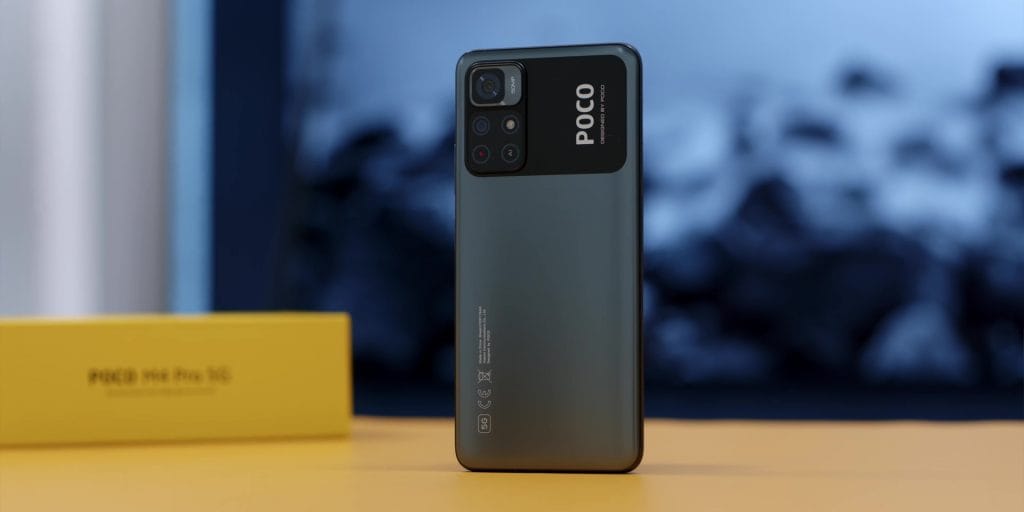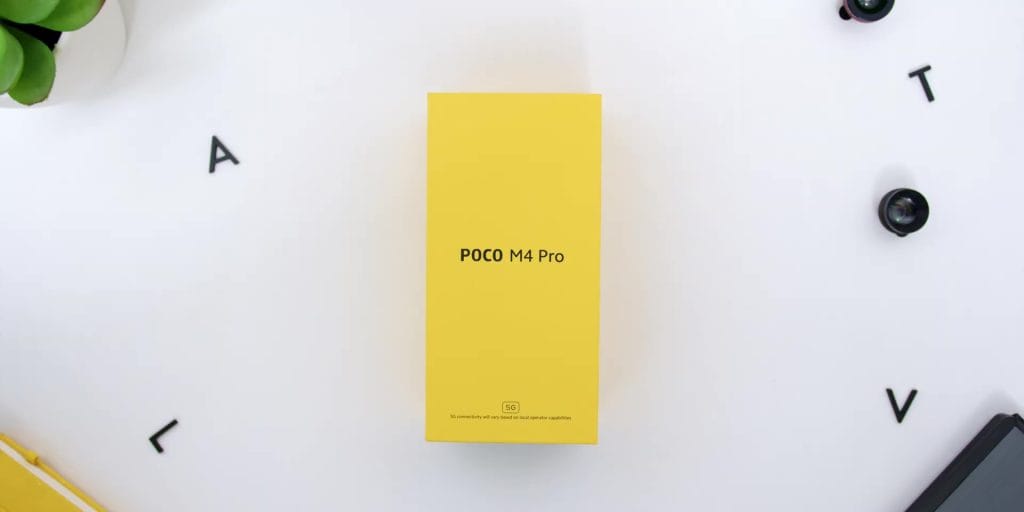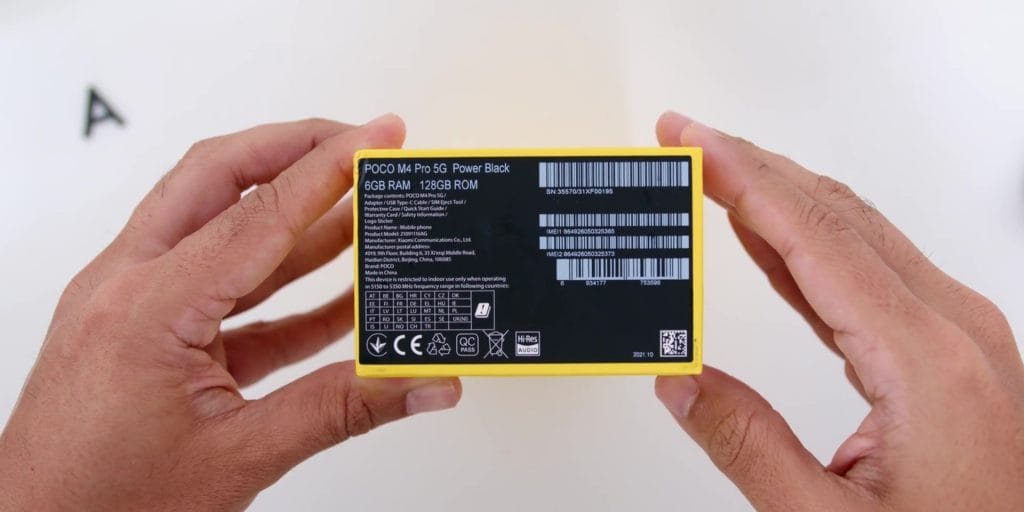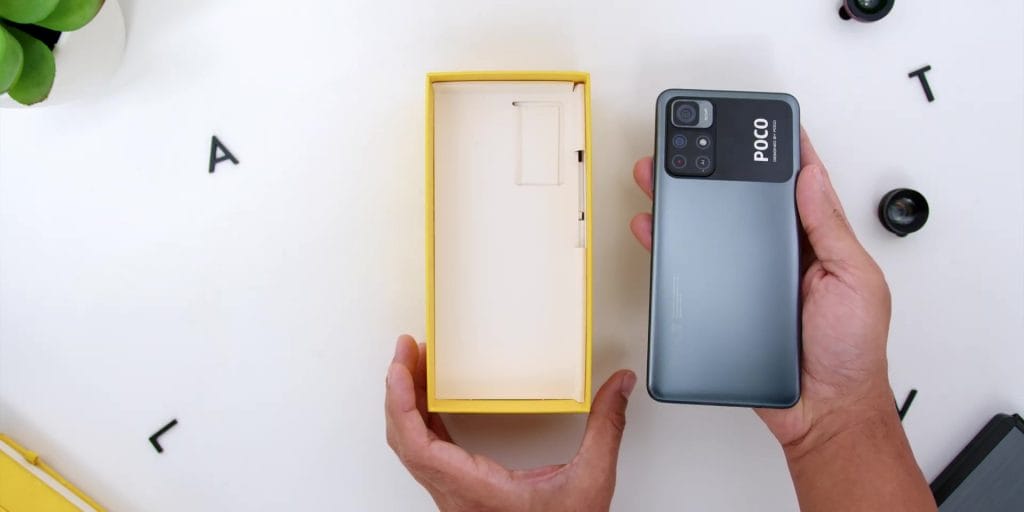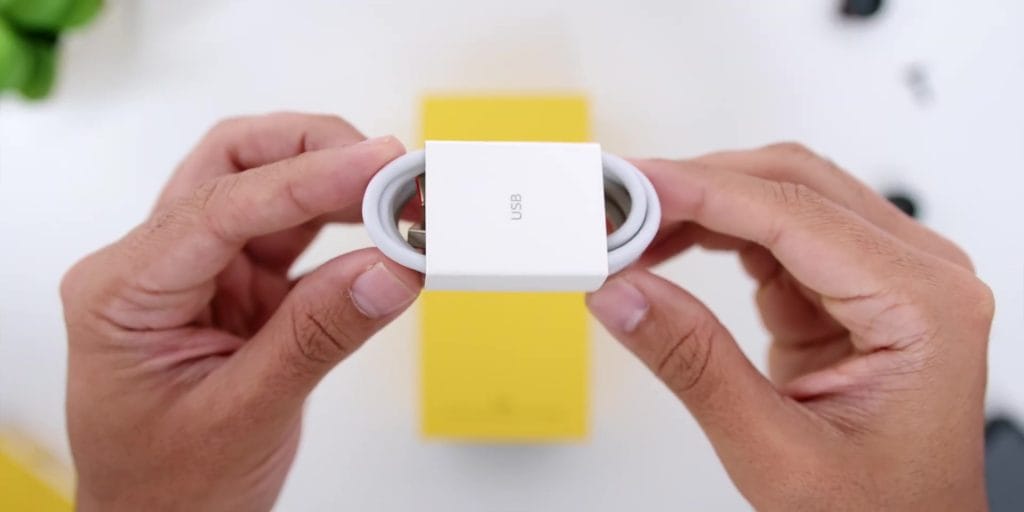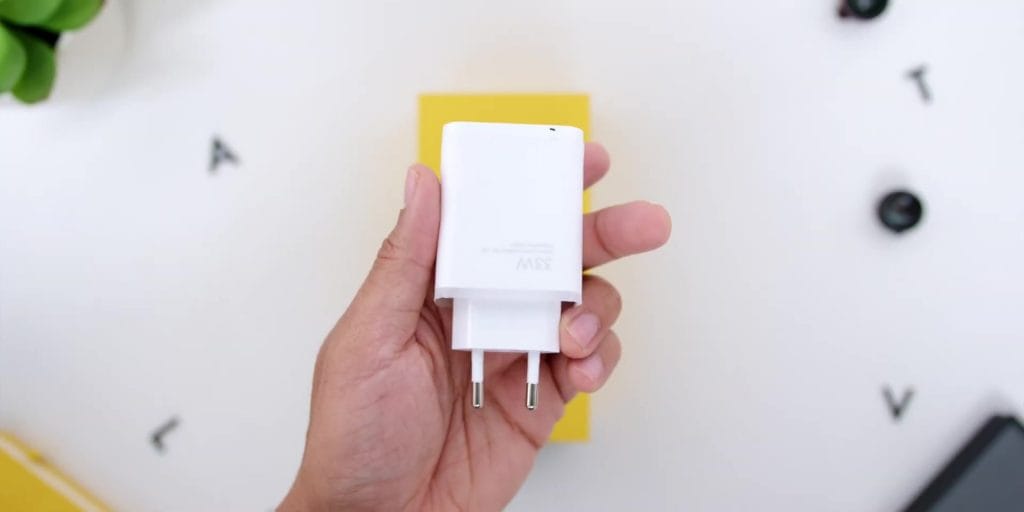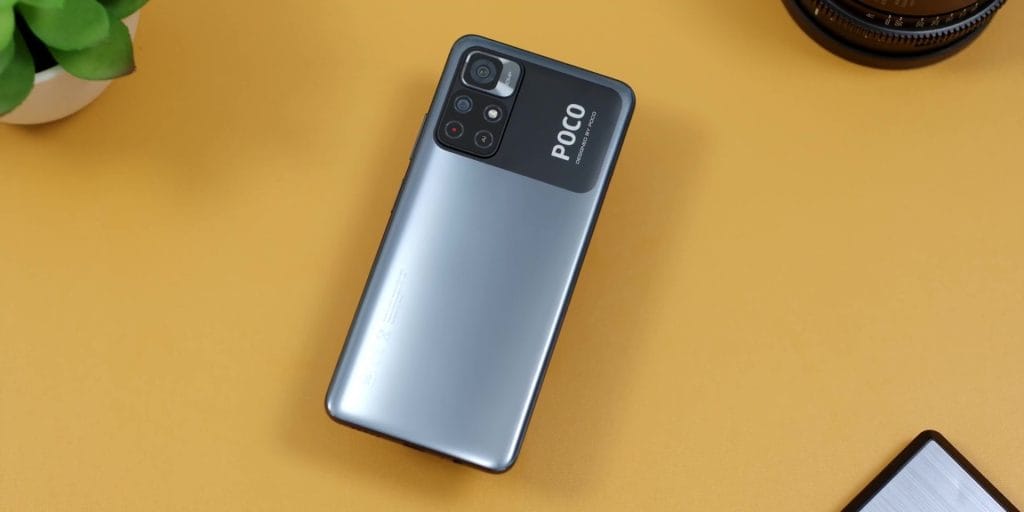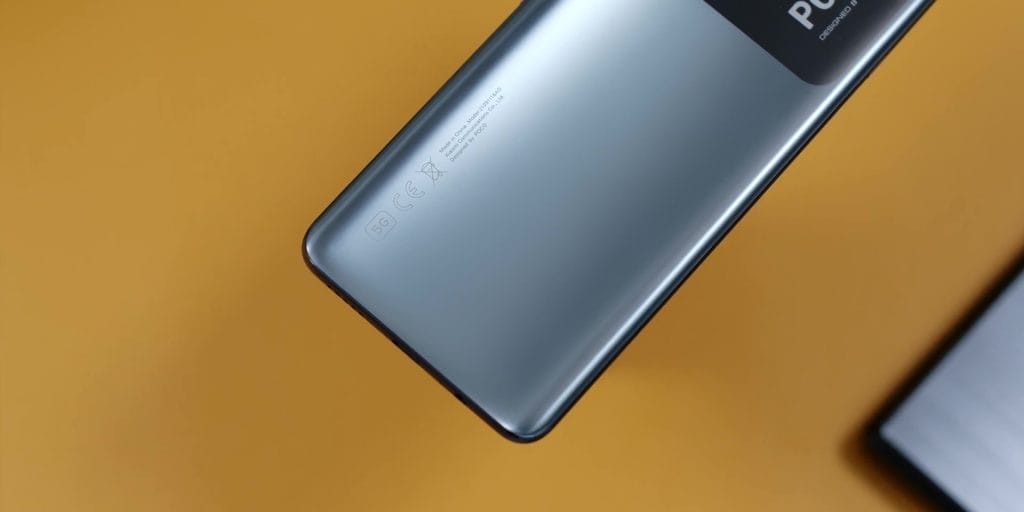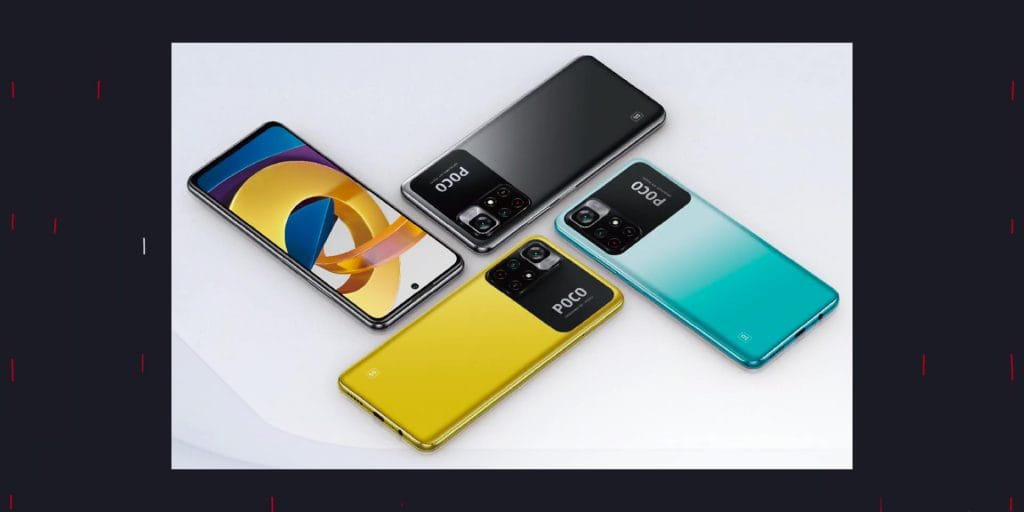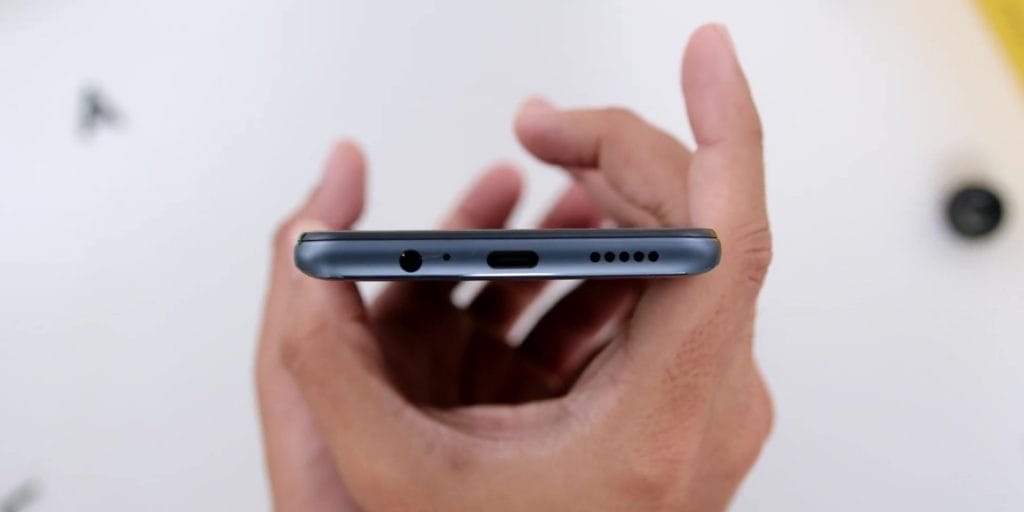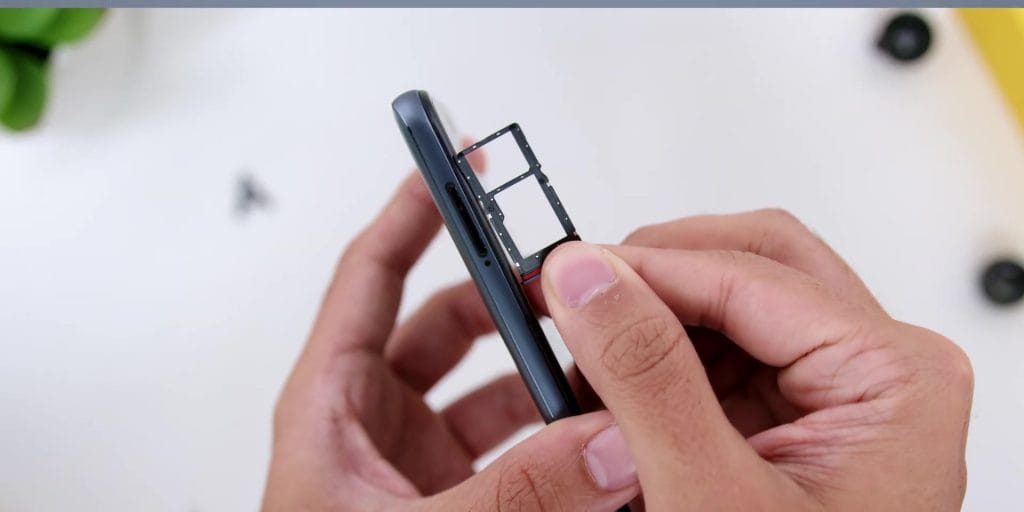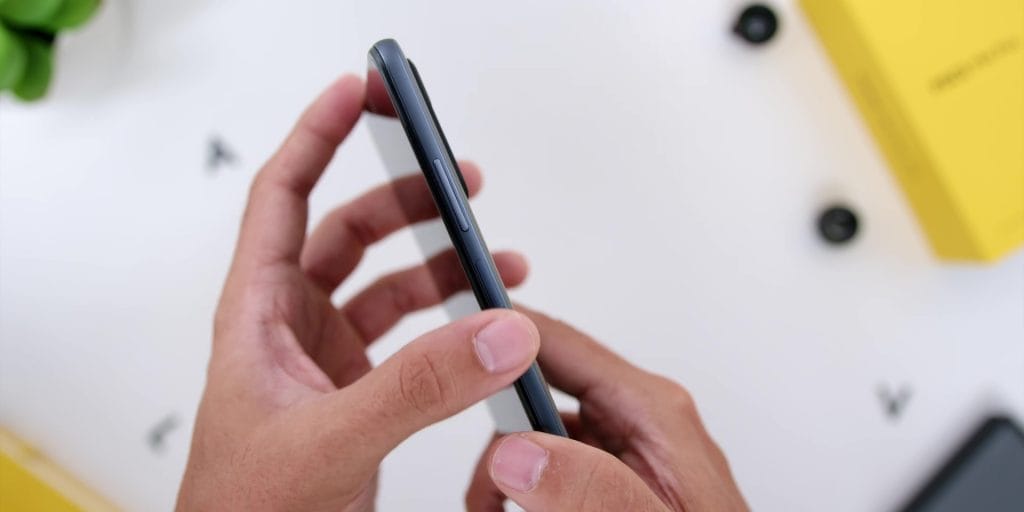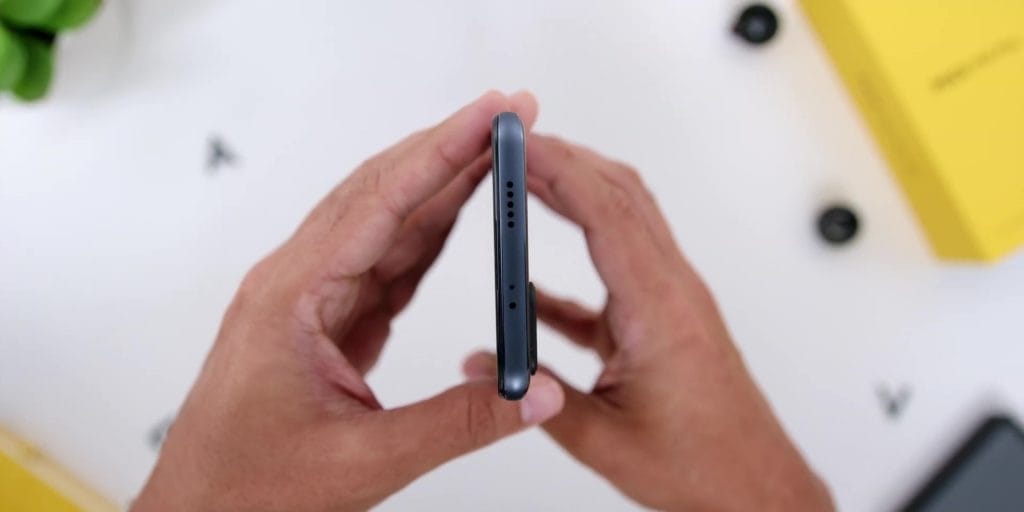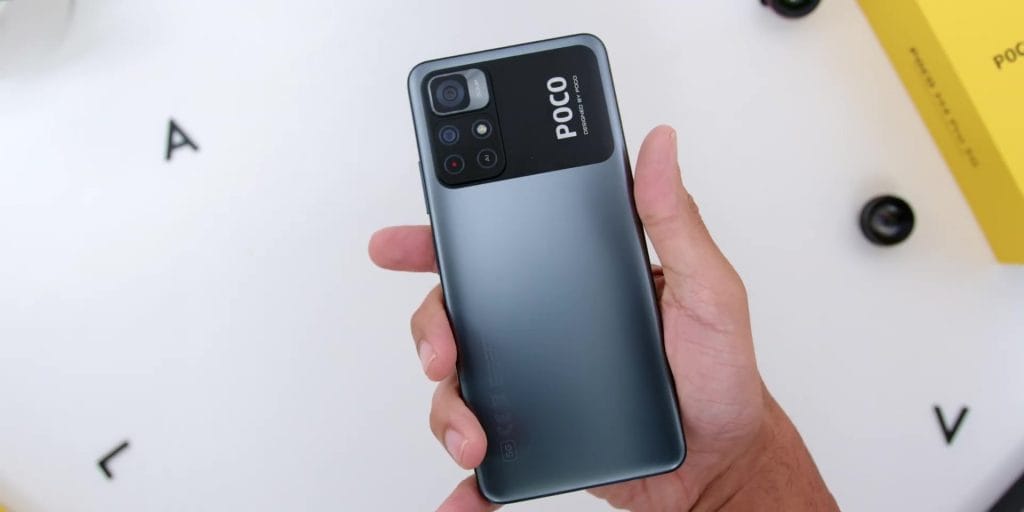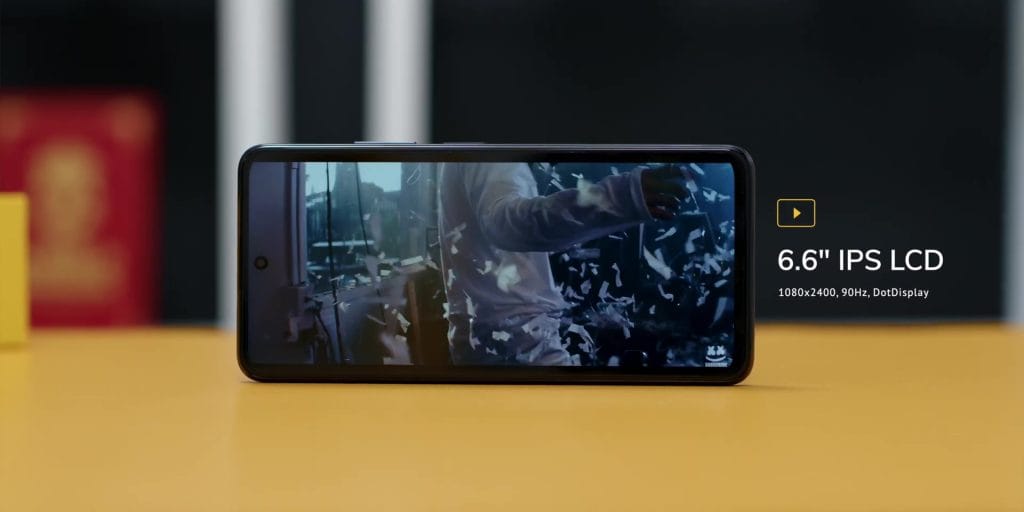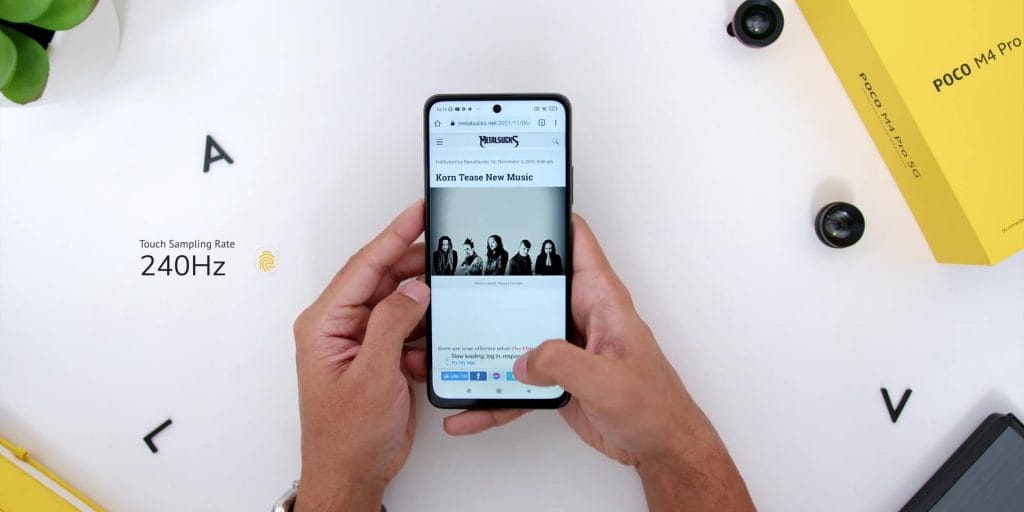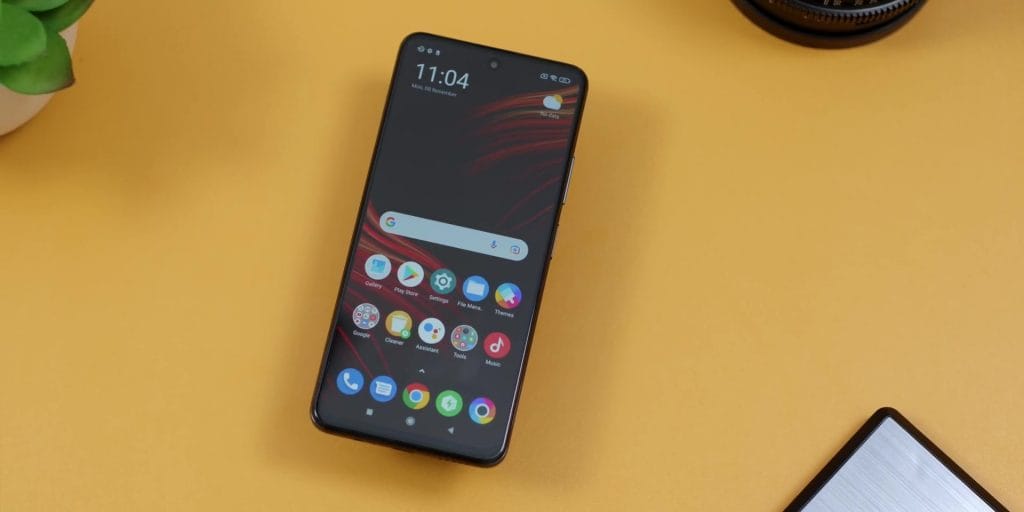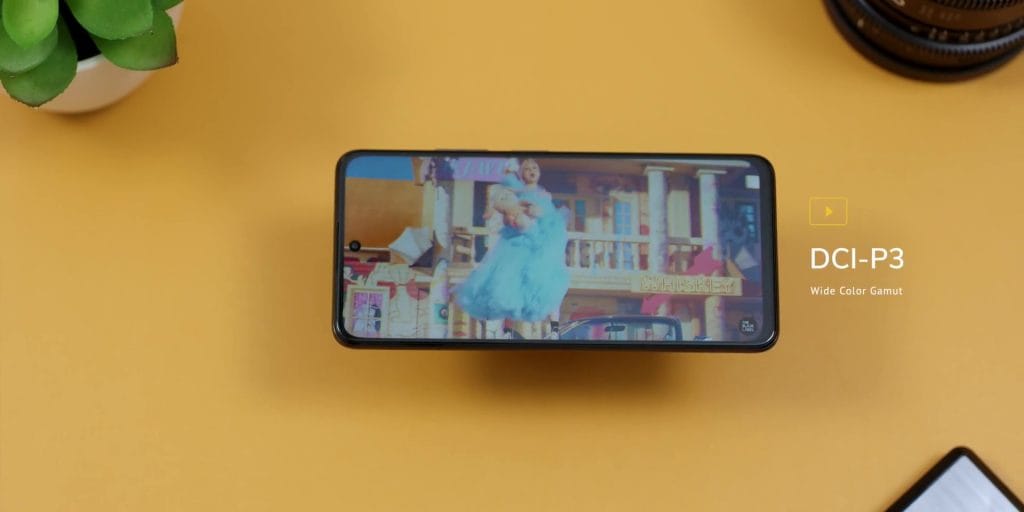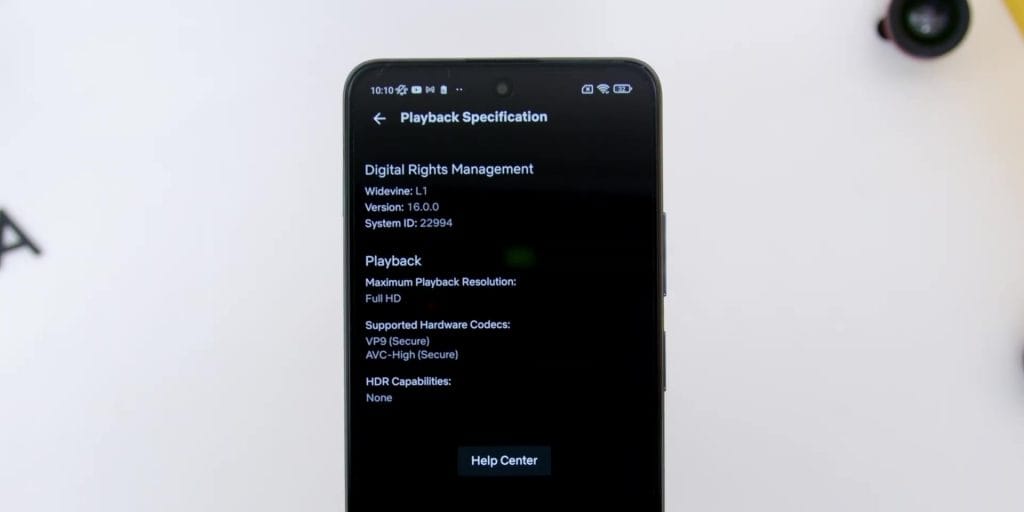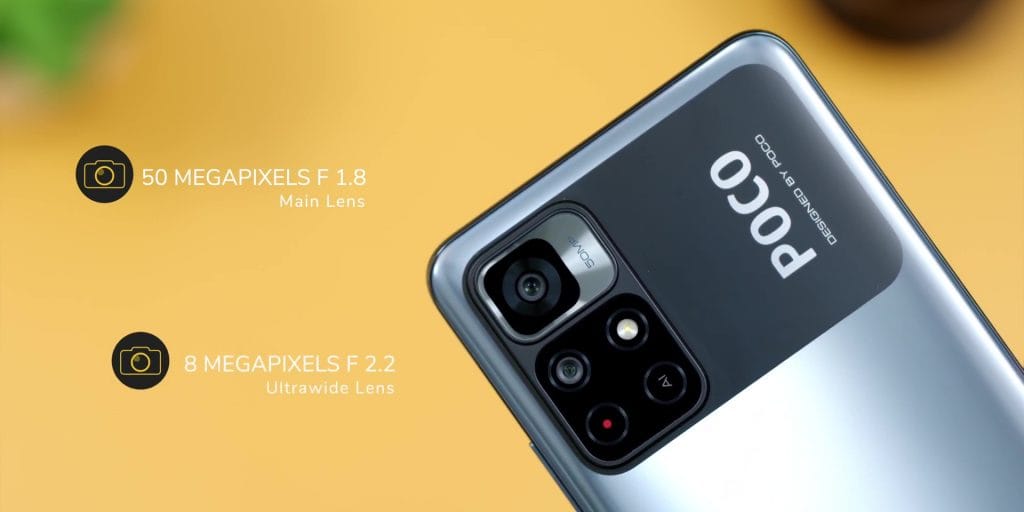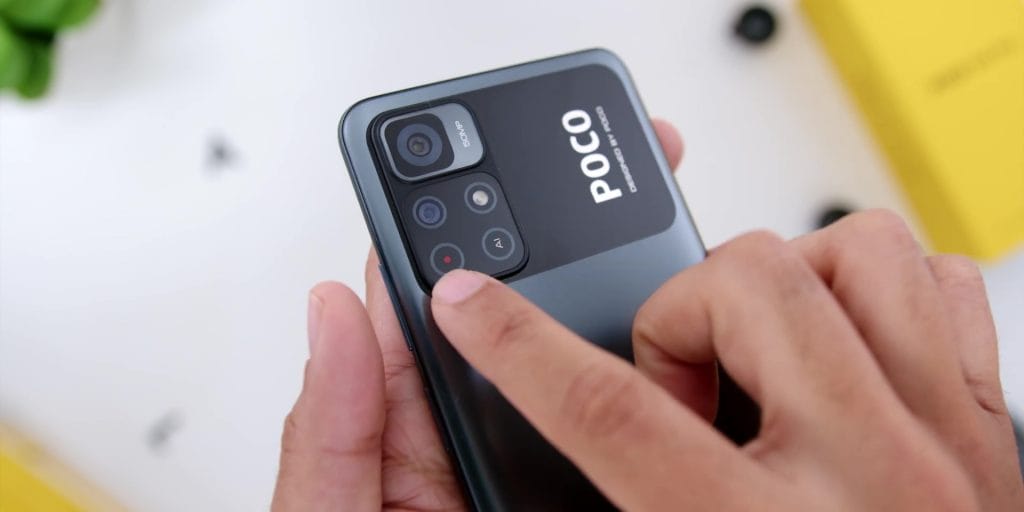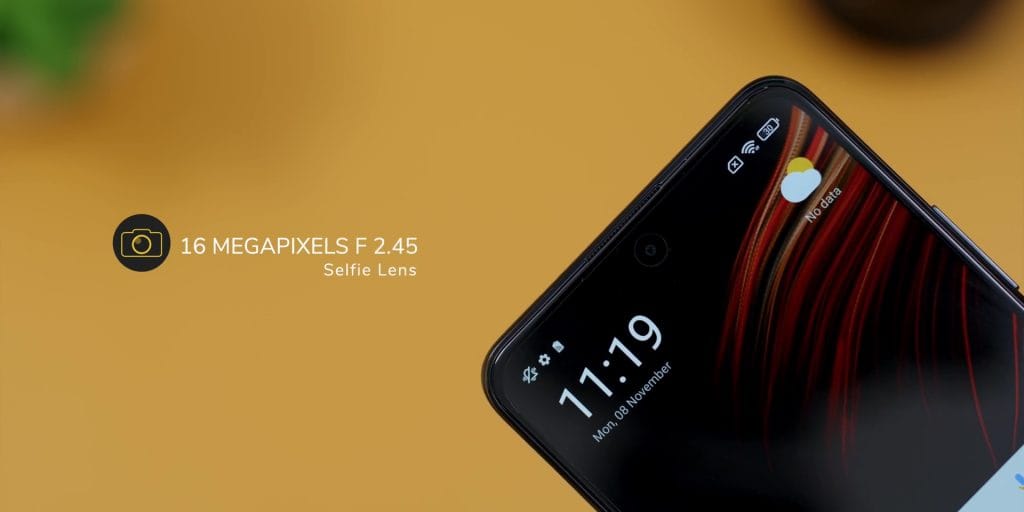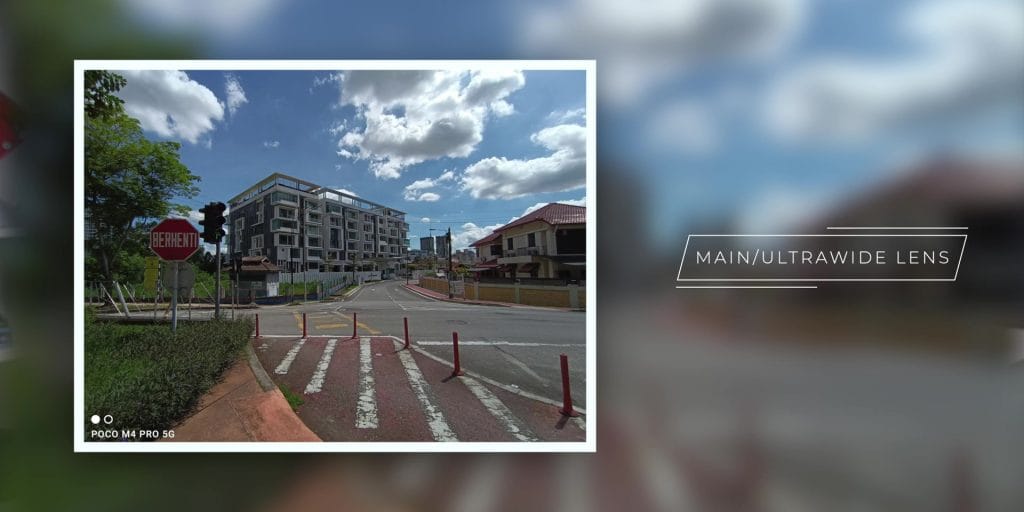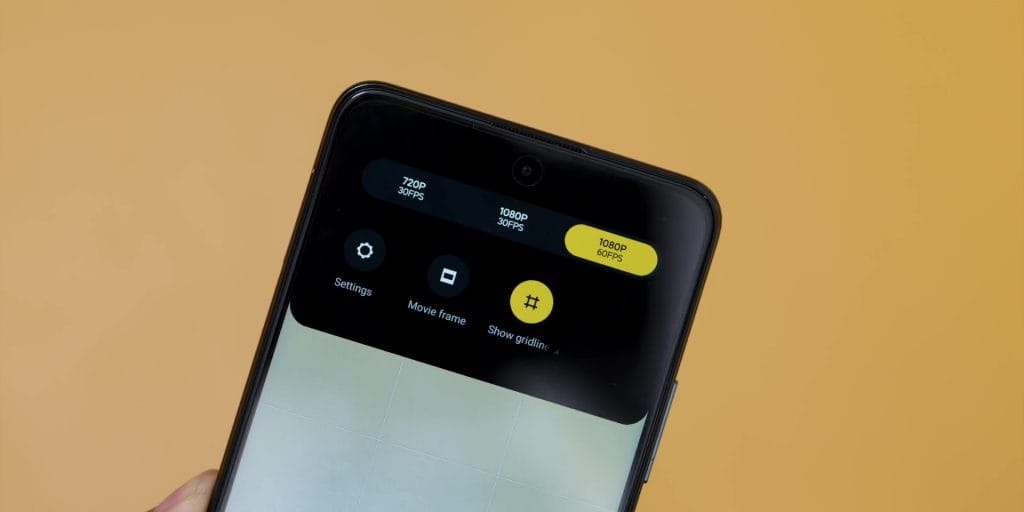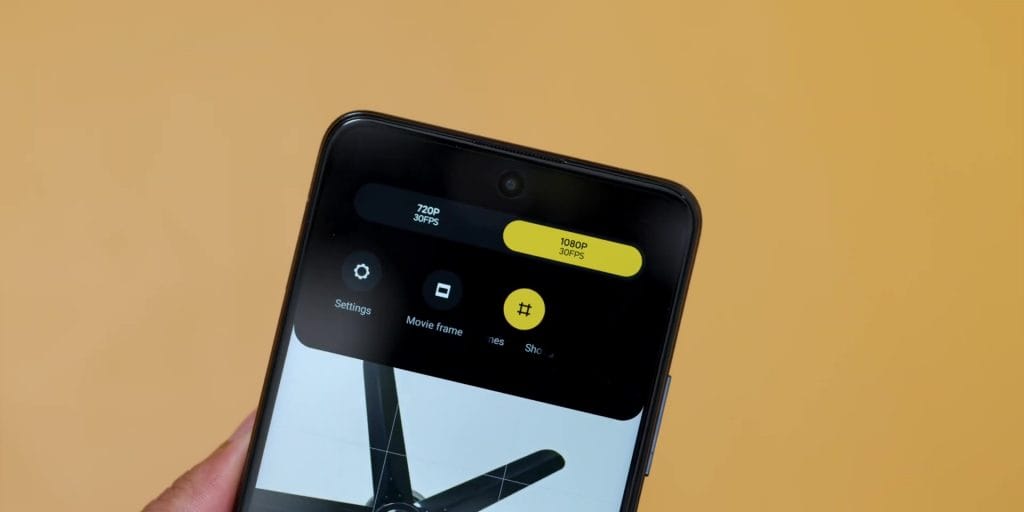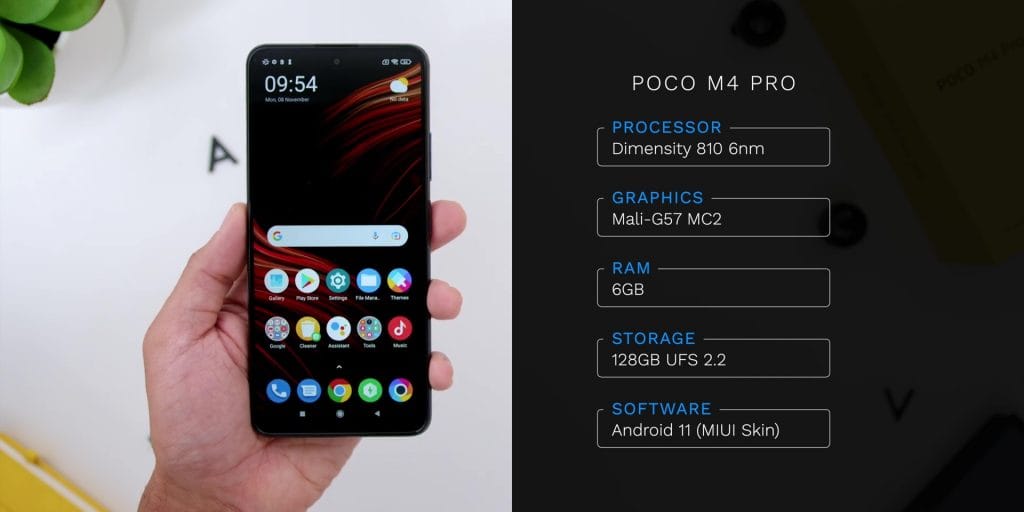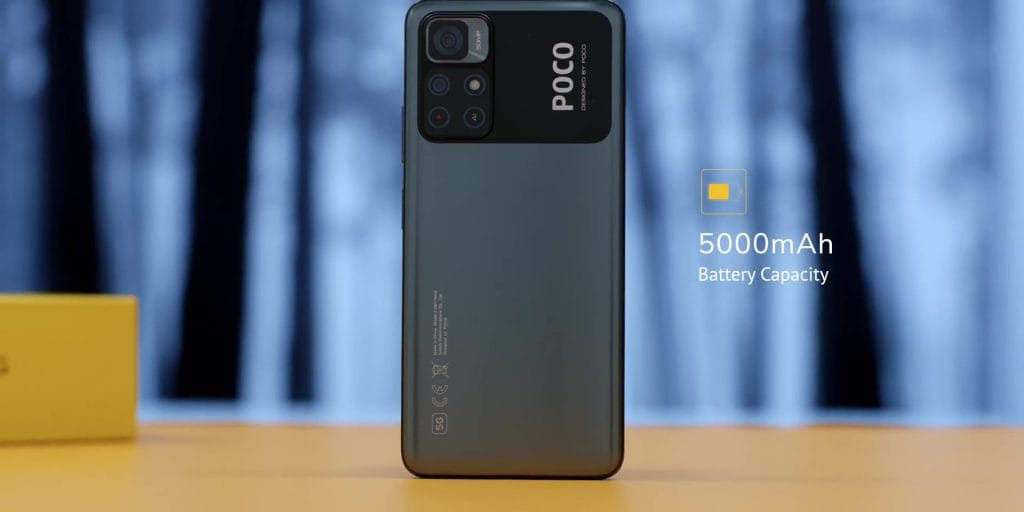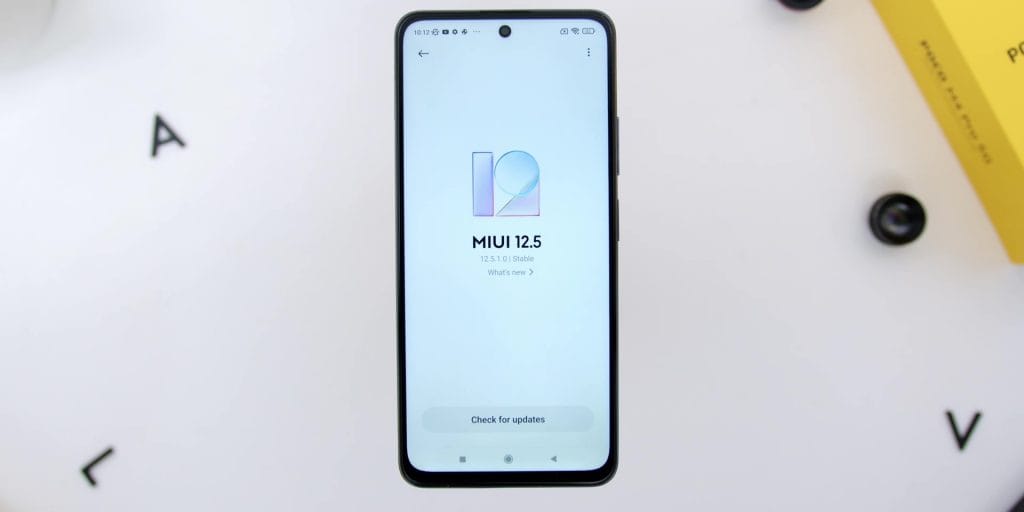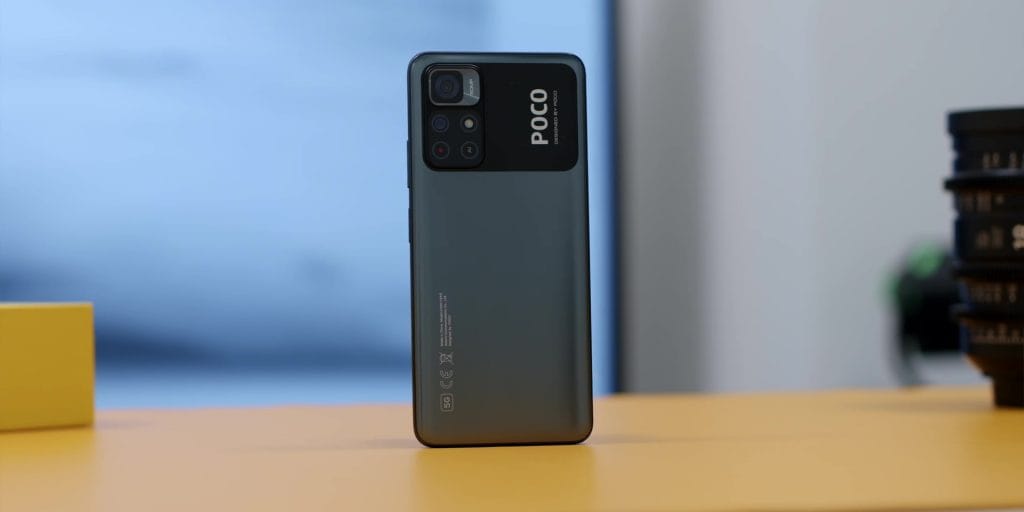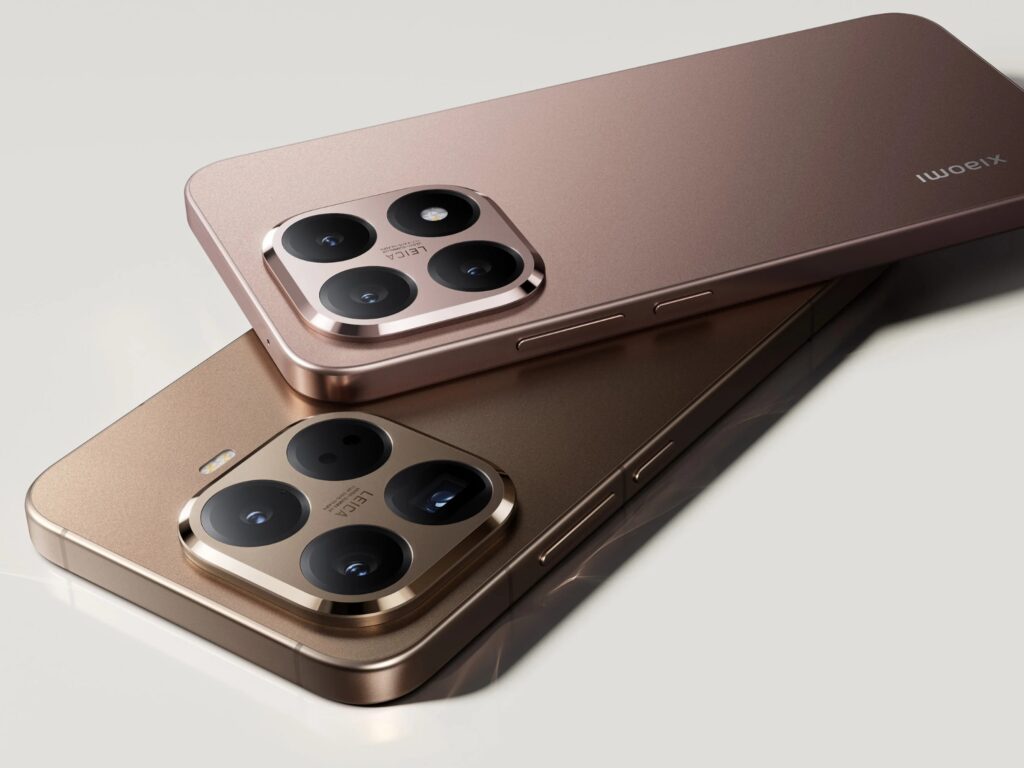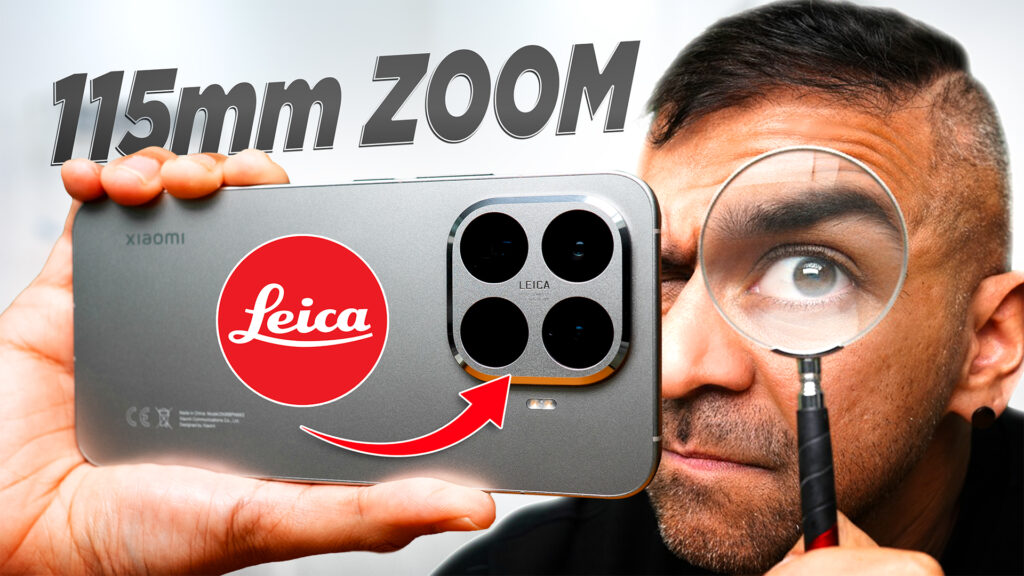So just when you think that POCO has packed their bags and is done for the year with all of their great releases this year, they said “na-ah” and decided to release the POCO M4 Pro 5G instead, so in this article, I will be giving you the unboxing and my first impressions of the phone.
.
Unboxing
The POCO M4 Pro 5G comes in a yellow box, with the “POCO M4 Pro” text in the middle.
Then at the bottom side of the box, there is the color variant that you choose and the RAM together with the storage specs over there.
Opening the box reveals another small yellow box, in there, there is the SIM ejector pin on the outside and inside, there are the POCO Stickers, the Quick Safety info, the Quick Start guide, the warranty card and a clear phone case.
[easy-image-collage id=5481]
Then you will find the phone immediately right below there.
Underneath, there is the USB-A to USB-C cable and the 33-watts fast-charging brick.
.
Build Quality
Starting from the design and the build quality of the phone, the overall design was very similar to the previous non-pro POCO M3, with the same squared shaped design towards the top and obviously with different camera arrays.
The camera bump was medium-sized and it barely wobbled when it was on a surface for typing, just a bit towards the middle left of the phone.
I do like the rear finish as it had a sort of a gunmetal grey kind of finish which had a matte finish and while it doesn’t attract fingerprints like a typical glossy finish but it does attract smudges, so keep that in mind.
In terms of the color options, the one that I have right here is the Power Black color, which again to me looks more like a grey color finish, and it’s available in POCO Yellow and Cool Blue.
As for the ports and buttons, other than the USB-C below, there is one of the two dual speakers over there, where the other is on top and then there is the headphones jack over there.
On the left, there is the dual SIM and the SD Card slot which can support up to a massive 1 Terabytes of storage.
On the right, there is the volume rocker and the side-mounted fingerprint sensor which doubles up as the button styled power button and not the concave style ones that unlocks superbly quick.
Then on top, other than the second speakers as mentioned earlier, there is the IR Blaster over there.
So overall I have to say that I am pretty impressed with the overall build and how it felt in the hands. I am still not a huge fan of this big POCO branding over at the back, as I prefer a more subtle one like the F3, but that’s just a personal preference.
.
Display
Next, looking at the display. The phone has a 6.6-inch IPS LCD DotDisplay, with a resolution of 1080 x 2400 pixels with Corning Gorilla Glass 3 protection for the front. The screen looked pretty good, where on paper it has 450 nits but it surely seems brighter than that.
The display refresh rate goes up to 90Hz and a touch sampling rate of 240Hz and this 90 Hz is an adaptive DynamicSwitch display to change between 50, 60 and 90Hz, which was nice to know especially for a phone with this range.
The camera hole punch is right in the middle, and the screen was nice and flat.
During my first impressions just using the phone for simple browsing and watching videos on it was great, since it supports DCI-P3 wide color gamut and in terms of the playback on Netflix, it was really a pleasant surprise that the playback specifications were at Widevine L1 at Full HD resolution playback as well.
.
Cameras
Now in terms of the camera, the main rear camera is a 50-megapixel f 1.8 aperture and the other camera is an 8-megapixel f 2.2 ultrawide camera.
So yes, although it looks like there are 5 camera arrays besides the flash placed over there there are only two rear lenses and I found this comical as I would just prefer to see a two design lens rather than putting two extra circles over there which says AI and just a red dot on the other.
Then the front camera comes with a 16-megapixel f 2.45 camera lens.
Based on my quick test shots, the front camera’s pictures were nice with great skin tones and the subject to background blur for the portrait selfie was also really good too.
Then all the rear lenses also looked really nice for both of the lenses, where there is a two-times digital zoom in the camera app as well.
And of course I am looking forward to test the camera out further during my full review, especially the software camera features like the Kaleidoscope mode, the Night mode, and more, so subscribe to this channel in case you haven’t done so because compared to the POCO GT series, the cameras on this are looking pretty good indeed.
As for the video, the rear camera maxes out at 1080p 60 frames per second and the front camera also records up to 1080p but up to 30 frames per second.
Image Stabilization for the front and the rear was really good which was nice to know, and the video quality was great for this M series of the POCO phone.
.
Specs
Next, looking at the specs of the device, it comes with the MediaTek Dimensity 810 6nm chipset, with the Mali-G57 MC2 GPU. And the variant that I have is the 6 gigabytes of LPDDR4 RAM and 128 gigabytes of UFS 2.2 storage.
Then as for battery, the phone has 5000 milliamps of battery, which I shall see how it performs during my further daily usage. And the phone has fast charging up to 33-watts where the charger comes inside of the box as seen earlier.
In terms of software, the phone comes pre-installed with MIUI 12.5.1 on top of Android 11, which I shall see how the software performs on the phone daily because so far it has been great during my first impressions.
So as of the recording of this video, there was no official price for the phone that has been announced yet here in Malaysia, so stay tuned for that, where I will either update at the pinned comment below on the pricing or let you guys know in my full video review.
So guys, with this, do let me know what you guys would like to know specifically about the POCO M4 Pro and I might be answering them when I do a full video review on the phone. Thanks for reading!

